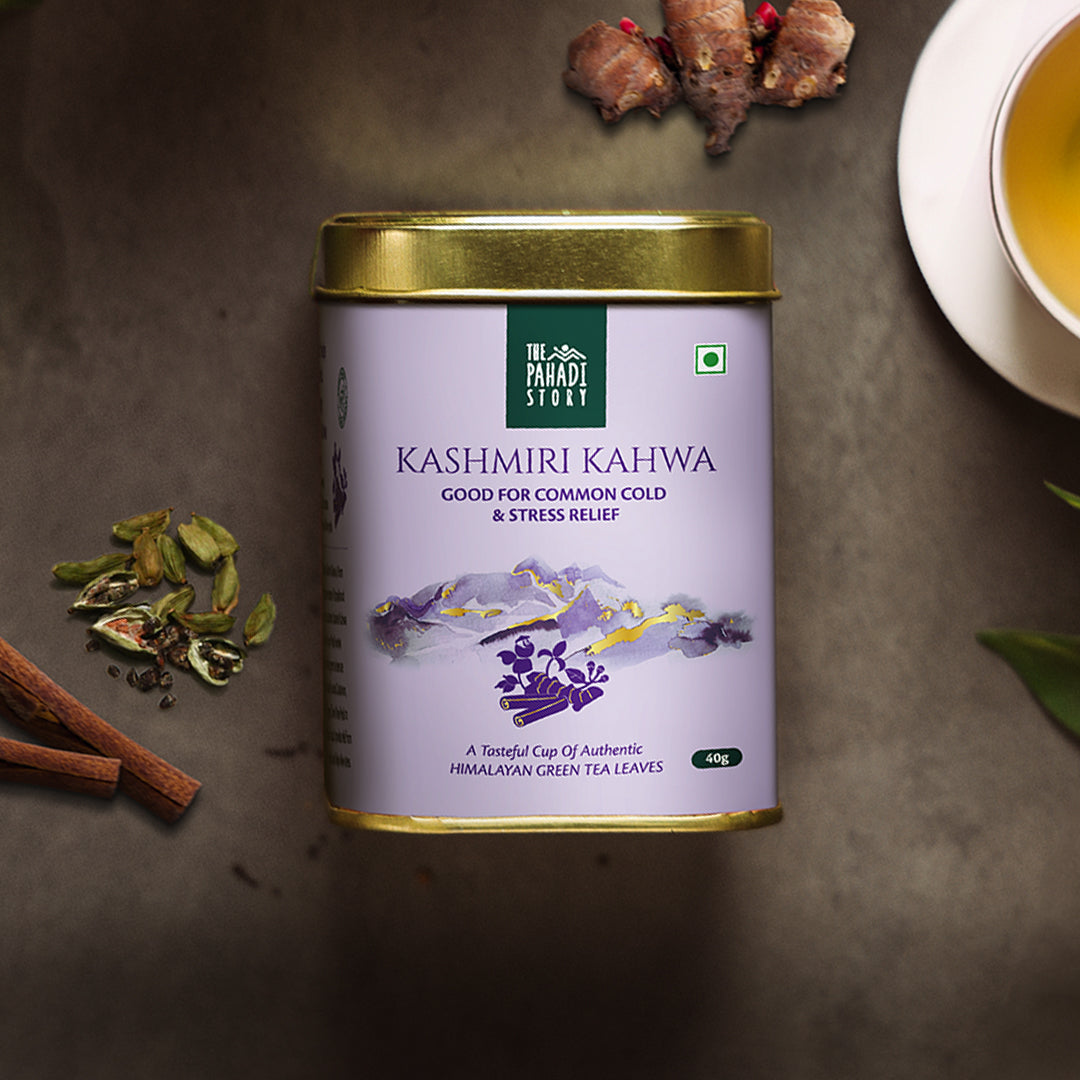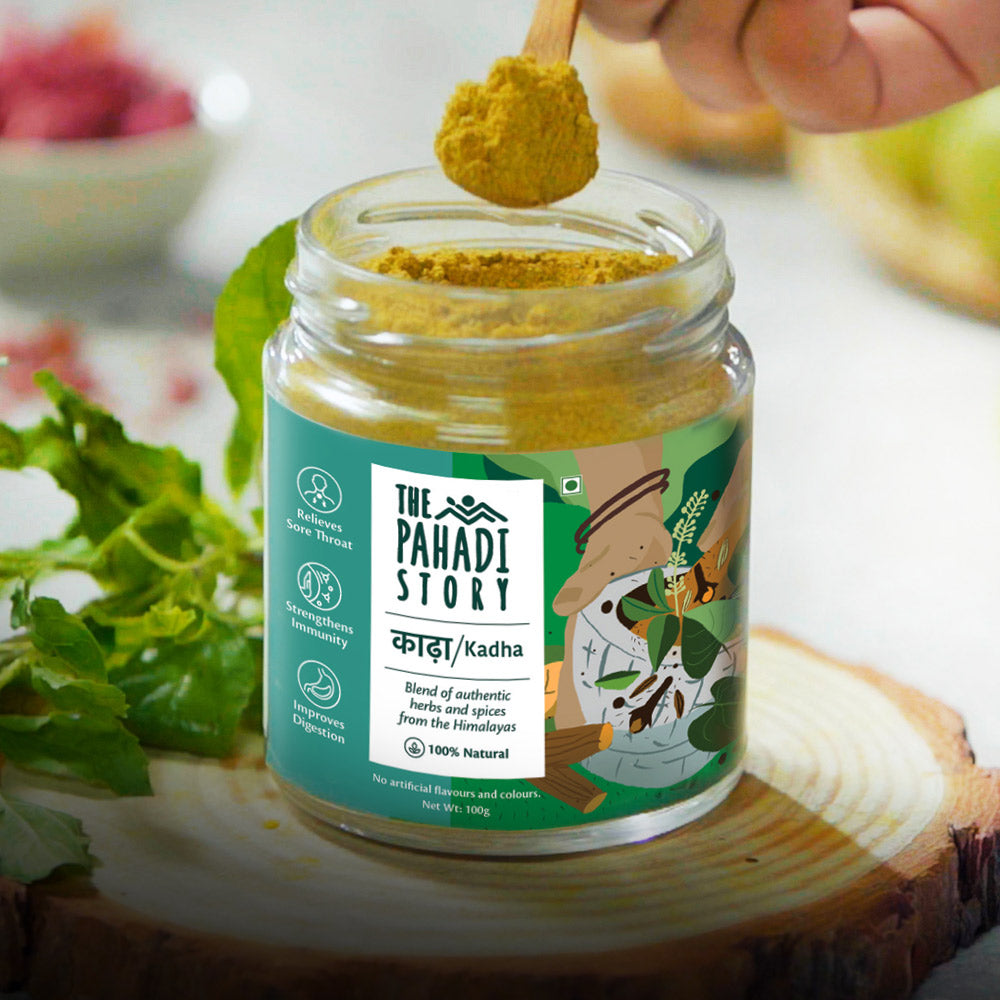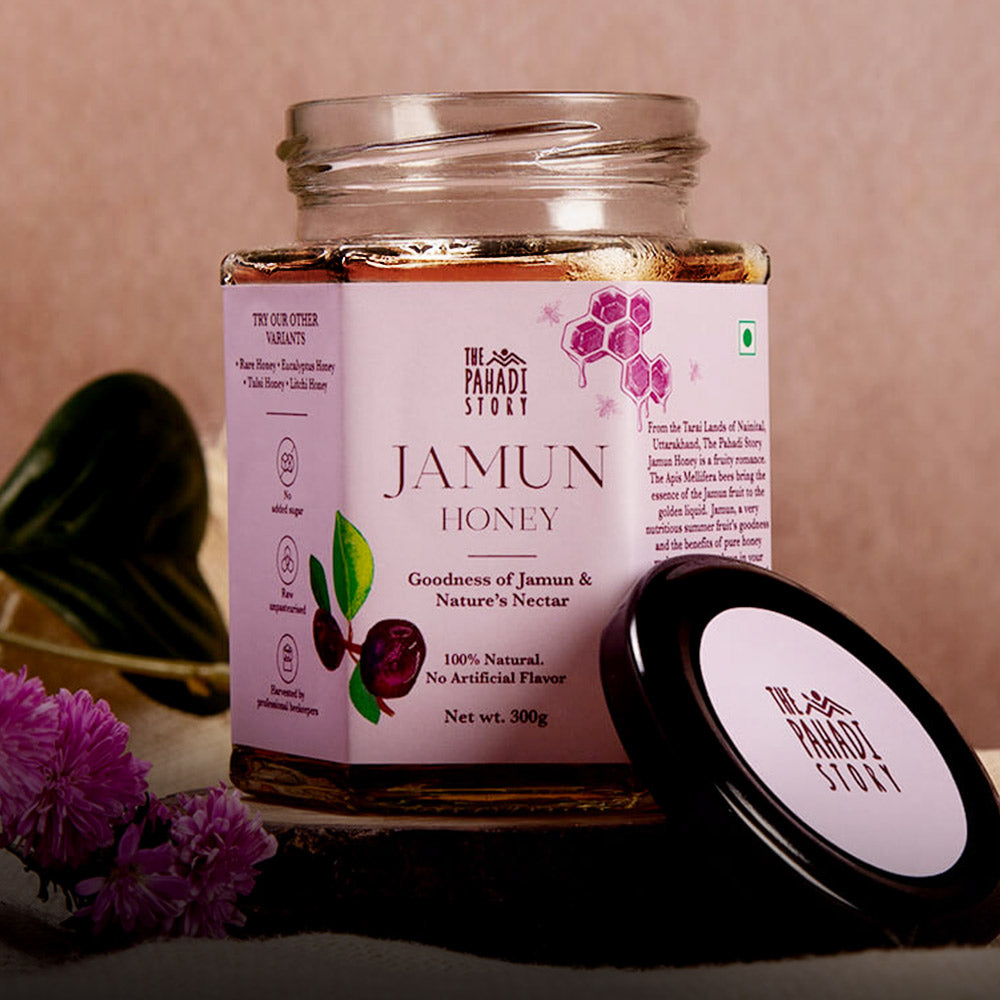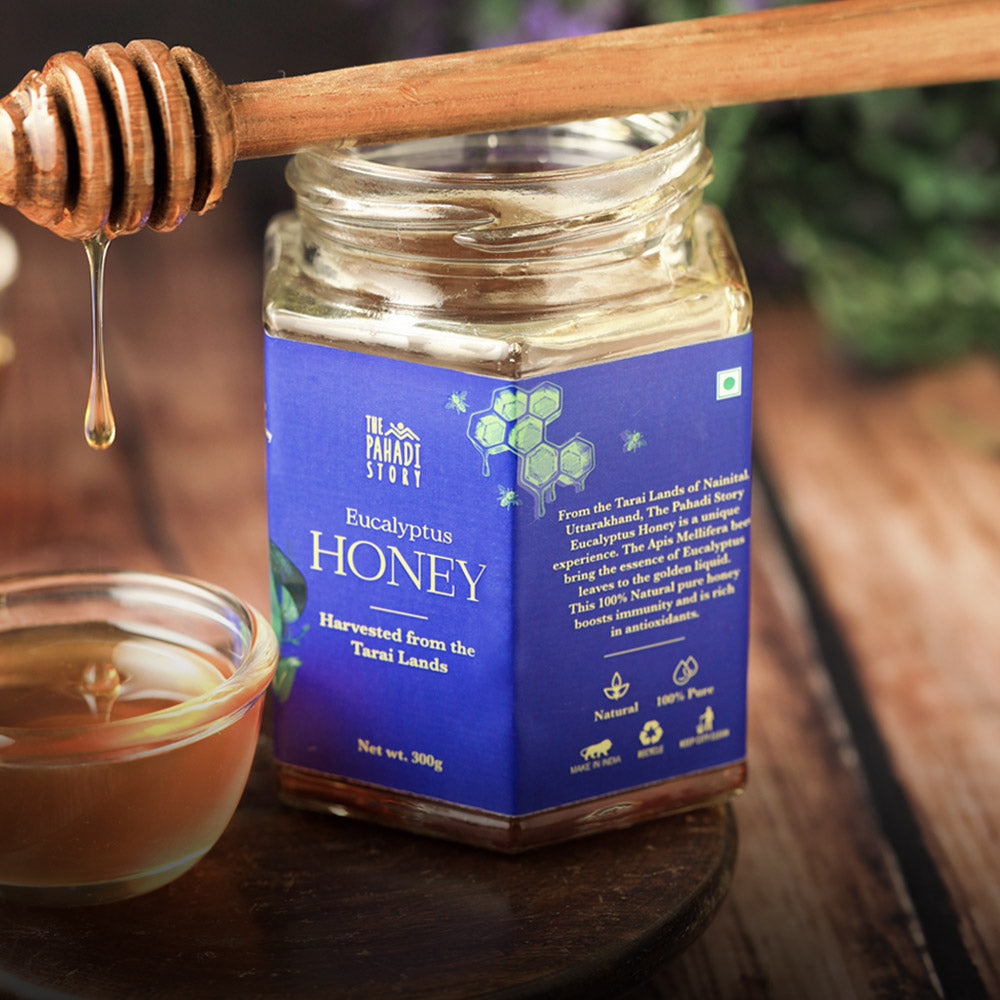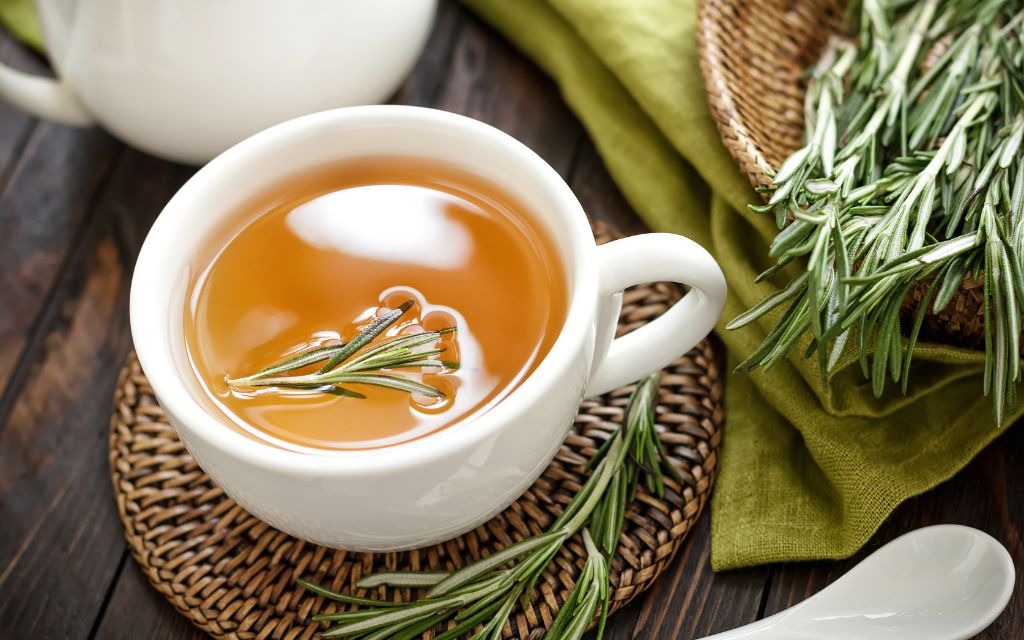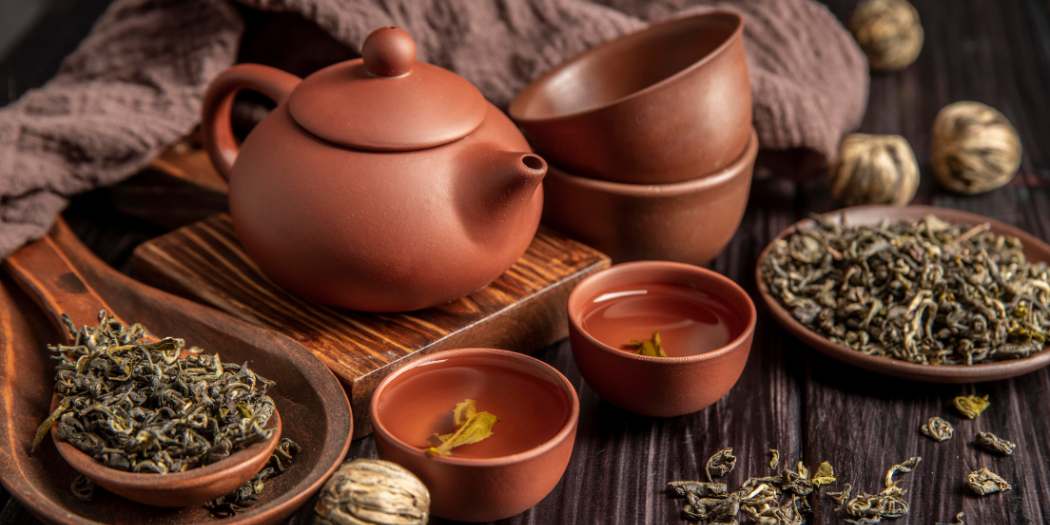For centuries, the art of tea has been intertwined with culture, ceremony, and health. As a beverage that speaks to both the soul and the senses, tea often sparks colorful debates among connoisseurs and health enthusiasts. One such discussion revolves around the acidity of tea and its potential impacts on your body. How does the pH of your favorite brew stack up, and does it matter?
In this extensive exploration, we'll don our knowledge hat and steep into tea acidity. Bubbling under the surface of this seemingly innocuous aspect of tea are layers of science, art, and even health implications. By the time we finish, you'll be brewing with the wisdom of an ancient tea master.
Understanding pH
The pH Scale: From Acid to Alkaline

Did you know that the pH scale is used to measure the acidity and alkalinity of a substance? pH scale: 0-14, 7 is neutral. The pH scale measures acidity or alkalinity. A pH below 7 indicates acidity, while a pH above 7 indicates alkalinity. Used for pools and coffee pH.
But how does this scale apply to tea? To uncover this, let's examine the factors that influence the acidity of your brew.
Factors Affecting Tea Acidity
1. Soil Composition and Growing Conditions
Believe it or not, the pH of your tea starts at the roots – quite literally. The mineral composition of the soil where tea plants grow can significantly influence their acidity. For instance, acidic soils (pH below 7) may lead to higher acidity in the plant tissues. It's also important to note that plant variations affect the overall palate and health properties of the tea you brew.
Research like the comprehensive review in the 2017 edition of Critical Reviews in Plant Sciences has delved deep into these connections, shedding light on how the dynamic interplay of soil content, rainfall, and altitude crafts each tea's unique acidity.
2. Tea Processing Methods
The way tea is processed further molds its acidity. Tea processing involves various steps, including withering, rolling, oxidation, and firing, which can affect pH. For instance, black teas are generally more oxidized and less acidic, closer to a pH of 7, while unoxidized green teas can range more into the cutting zone.
One study from a well-known tea estate documented the impact of these processing methods on the pH of their teas, showcasing that the difference in the acidity of green teas versus the oolongs and blacks derived from the same soil and bushes is quite substantial.
3. Brewing Techniques
Surprisingly, your decision to brew a tea hot or cold for hours can also alter its pH. Think of these brewing techniques as the conductor to the orchestra, with each preparing the acidity of the tea to play in harmony with your taste buds.
Hotter water will often lead to a more extraction of tannins, which can adjust the pH. Longer brewing times also tend to extract more, contributing to a potentially lower pH and a more robust, "brisk," or tart taste in certain teas. These variables are vital for avid brewers who love to tweak their setup for the perfect cup.
Tea Types and Their pH Levels
1. Black Tea

Traditionally, one of the least acidic teas, black teas hover around a pH of 6 – 7. Their bold, earthy flavors are often praised for promoting alertness and heart health, thanks in part to compounds like theaflavins that develop during oxidation.
2. Green Tea

Green teas, often beloved for their neutral or slightly acidic bite, usually sit around the 5 – 7 range. With their fresher, more astringent flavors and high antioxidant content, green teas are perennially recommended for many health benefits.
3. Oolong Tea

Oolongs play in the middle ground with a pH of 6 – 7.5. The medium oxidation of oolong tea creates nuanced floral and fruity flavors, making them popular for tasting profiles that don't lean too far in any direction.
4. White Tea

As one of the most delicate and light teas, white teas can be slightly more acidic, often measuring between 6.5 and 7.5. They're enjoyed for their subtlety and sweet undertones, reflective of less processing and usually younger buds.
5. Herbal Tea

Herbal tea infusions, called tisanes, can be highly variable in their pH level, depending on the herbs and combinations used. For example, those based on citrus or hibiscus can be quite tart and acidic, closer to 3.5 – 4.5.
Health Implications of Tea Acidity
1. Effects on Digestion
The acidity of tea can play a role in your digestive process. Those with sensitive stomachs might find acidic teas irritating, potentially leading to reflux, heartburn, or general discomfort. While many find that the polyphenols and catechins in tea can help with digestion, it's essential to listen to your body and choose teas that suit your needs.
2. Impact on Tooth Enamel
Acidity in beverages has been a point of concern for dental health, as more acidic drinks can erode tooth enamel over time. A 2018 Journal of Oral and Maxillofacial Pathology study found that consistent exposure to highly acidic teas or long steeping periods can have an erosive effect on teeth.
3. Potential Benefits for Certain Health Conditions
The acidity of tea, typically in the safe range, can also be beneficial. For example, acidic conditions can help stabilize catechins in green tea. The moderately acidic nature of teas, along with their compounds like polyphenols and vitality-boosting caffeine, can support metabolic function.
Finding the Right Balance
1. Tips for Choosing Teas Based on Acidity Preferences
For those who prefer lower acidity, black teas might be the way to go, while more robust tea drinkers might enjoy the zing of a straight green tea. Herbal infusions can be an excellent option for those sensitive to acidity or seeking caffeine-free alternatives.
2. Balancing Acidity with Other Flavors
Acidity is just one part of a tea's profile. Other components like sweetness, bitterness, and astringency can balance out the overall flavor experience. For example, adding a hint of lemon or honey to a solid black tea can adjust the pH and provide a more complex drinking experience.
Myths and Misconceptions
Debunking Common Misconceptions about Tea Acidity
One common misconception is that the acidity of brewed tea translates directly to your body's acidity, affecting your overall pH levels – this is not the case. The body is well equipped to maintain its pH level, and the acidity of foods and drinks has a localized impact, primarily in the stomach during digestion.
Another pervasive myth is that the healthiest teas are the least acidic. While high acidity might exacerbate certain health conditions, moderately acidic teas can offer various benefits.
Conclusion
Tea acidity is like the undercurrents of the ocean – unseen, yet it can shape the experience in powerful ways. Tea lovers and health enthusiasts need to be aware of the pH of their favorite brews, as it can offer insights into taste and potential health consequences. Whether enjoying the brisk bite of a black tea or the subtle tang of a green, understanding the science of acidity can elevate your tea sipping to an art form.
frequently asked questions
-
Is tea acidic?
-
Is black tea acidic?
-
Is white tea acidic?
-
What causes acidity in tea?
-
Can tea acidity affect health?






